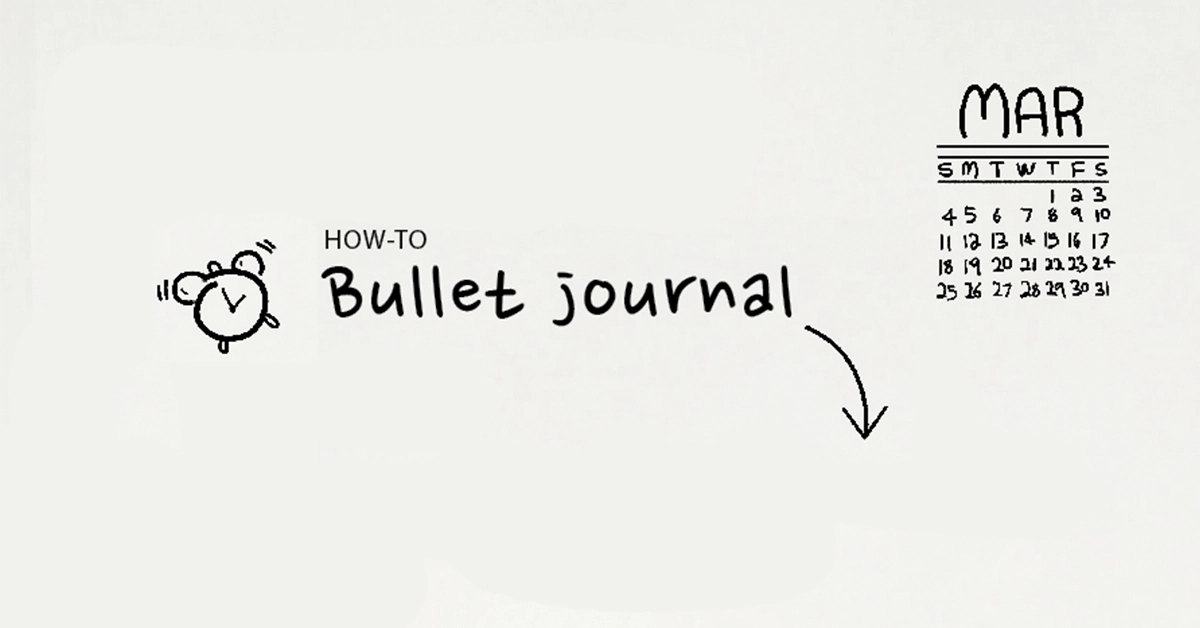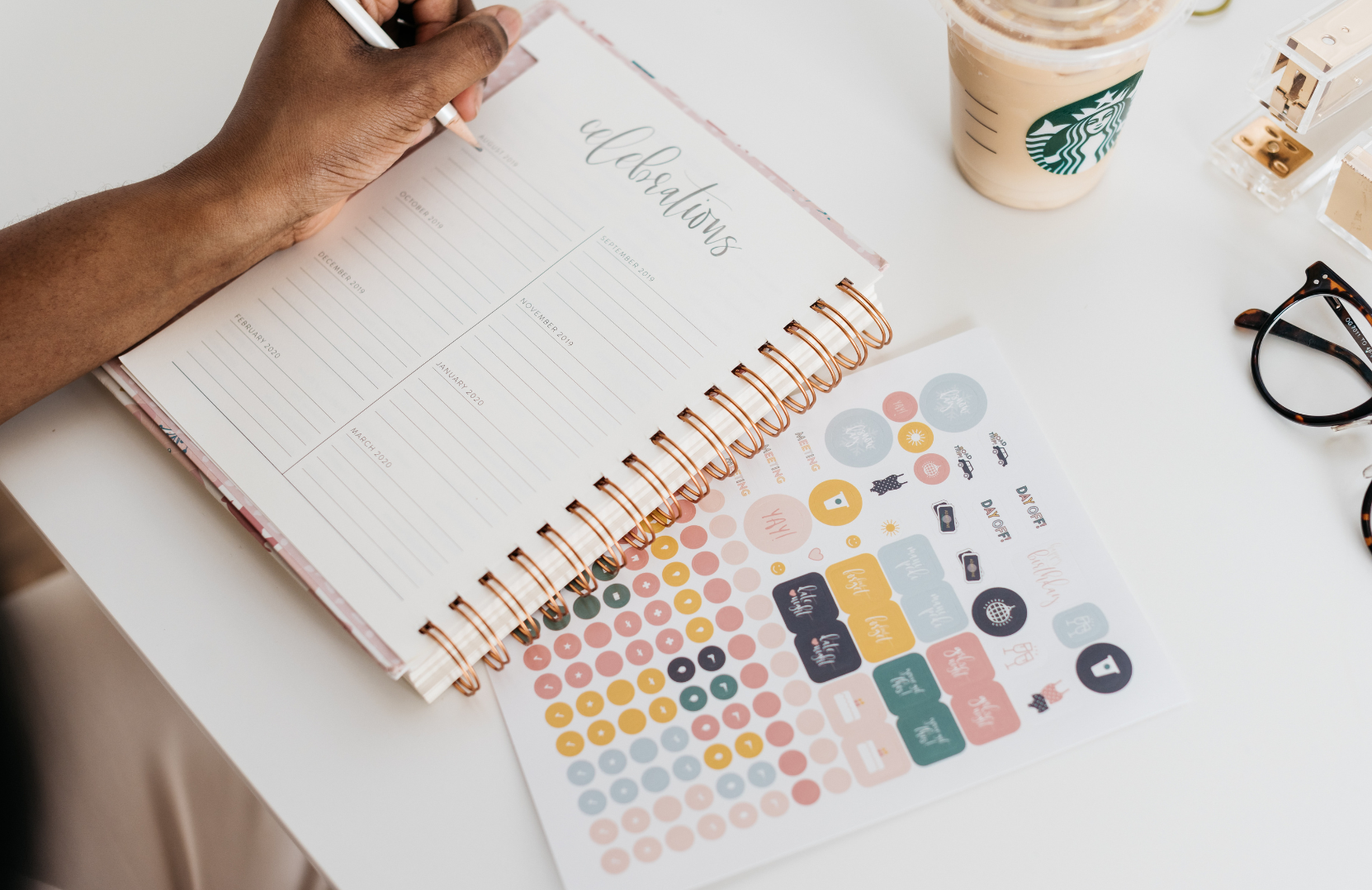The bullet journal is an organization system that can be customized to meet anyone’s personal planning needs. The method was first created by digital designer Ryder Carroll, who calls it “rapid logging.”
“Note-taking and traditional journaling take time; the more complex the entry, the more effort is expended. The more effort expended, the more of a chore it becomes, the more likely you’ll underutilize or abandon your journal,” according to Carroll’s website on bullet journaling.
On that note, bullet journals also offer what traditional day planners lack in flexibility when it comes to pre-set dates, events, and layouts.
If you own a notebook that you’ve avoided using for too long, you might consider starting a bullet journal. Here’s how to approach that intimidating first blank page.
Supplies
Bullet journals might seem like they require an excessive number of tools, but really, you’ll only need a few items to create one: a pen, a pencil, an eraser, a ruler, and a blank notebook that’s around five by eight inches.
Tip: Notebook spreads with grids or dots will help you to create tidy lines, lists, and boxes for your bullet journal layout. But you don’t have to purchase a Moleskine for this. You can often find small notebooks in the stationary section at the grocery store, or even at the Dollar Store.
Sort your thoughts
The first step is deciding what kind of bullet journal you want to make. You can create as many different types of journals as there are parts of your life. Decide whether you want your journal to focus on fitness, mental health, work, school, or whether you’d like it to organize everything — that’s what it’s made to do, after all.
On a separate piece of paper, brainstorm all the details of the parts of your life that you’d like to keep a record of in your journal. This is a time to put everything in your head onto paper to ensure that when you start building your journal, you’ve already somewhat compartmentalized all the thoughts and tasks running through your brain.
Create an index
Now that you have an idea of what you’d like to put into your journal, it’s time to create an index page. Reserve a page or two in the front of your notebook so you can reference each topic, event, and task with their corresponding page numbers. You will update this section as you add to your journal.
Next to the index, you will create a key. Here’s where you mark down symbols that represent the status of each of your tasks. Carroll suggests using “X” to mark completed tasks, “>” to mark moved tasks, and “<” to mark scheduled tasks, but you can use any system you want. You will cross out, erase, or change the symbols within your journal once your task has been completed or if it has been moved.
Tip: Different colours and thicknesses of pens will help you in terms of visual organization.
Log in
Every bullet journal has a collection of logs. You may find it helpful to include a future log along with a monthly, daily, and yearly log. A future log is a list of things you want to accomplish which are not on the top of your priority list or that simply take place too far from now for you to plan. You can split your future log into months or simply create a list.
Yearly, monthly, and daily logs are pretty self explanatory, but there are several options for setting them up in your bullet journal.
The yearly log is usually illustrated at the beginning of your notebook where you can draw a grid composed of each month. This is also a place where you can write down your yearly resolutions.
For the monthly log, make a calendar layout by creating individual boxes for each day. (If drawing isn’t your thing, here’s where the ruler comes in handy.)
Daily logs will make up the bulk of your journal. They’re where most of the bulleting takes place. Jot down events, tasks, ideas, and whatever else you want to include in your log, along with their matching symbols.
Be creative
Use this as an opportunity to exercise your artistic side. Bullet journals are meant to be versatile. There are hundreds of alternative ways to organize your journal, so don’t be afraid to come up with your own.
Graphics by Kia Valdez Bettcher.





0 Comments